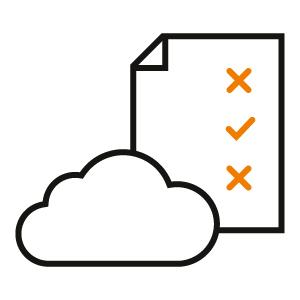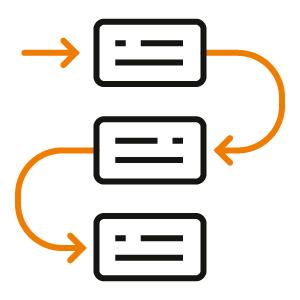Cloud Solutions and Migrations
We have the expertise to unlock the full potential of your organization's technology infrastructure.
Comprehends the use of remote servers accessed over the internet to store, manage, and process data and applications, rather than using local hardware and infrastructure. Cloud migration refers to the process of moving existing data and applications from on-premises infrastructure to the cloud. This often involves assessing the suitability of different cloud solutions, planning the migration process, and implementing the necessary changes to enable cloud-based operations.
Cloud Readiness Assessment
a) Evaluating the organization's IT infrastructure, applications, and data for cloud readiness.
b) Assessing the organization's business objectives and requirements to determine the most suitable cloud solutions.
c) Identifying any regulatory or compliance requirements that need to be considered before migrating to the cloud.
Cloud Migration Strategy
a)
Developing a migration strategy that aligns with the organization's business objectives and IT roadmap
b) Selecting the appropriate cloud migration method, such as rehosting, replatforming, or refactoring.
c) Identifying and prioritizing applications and workloads to migrate to the cloud
d) Developing a migration plan that includes timelines, budgets, and risk mitigation strategies.
Cloud architecture Design
a)
Designing a cloud architecture that meets the organization's requirements for performance, scalability, security, and compliance.
b)
Selecting the most suitable cloud platform, such as public, private, or hybrid clouds.
c)
Defining cloud service models, such as Infrastructure as a Service (IaaS), Platform as a Service (PaaS), or Software as a Service (SaaS)
d)
Designing network and security architecture that supports cloud solutions.
Cloud Implementation and Management
a)
Implementing the cloud architecture and solutions, including configuring cloud services, deploying applications, and migrating data.
b)
Monitoring and managing cloud resources, such as computing, storage, and network, to optimize performance and cost.
c)
Ensuring that the cloud solutions are secure and compliant with regulations and policies.
d)
Managing cloud providers and services, such as contracts, service level agreements, and vendor relationships.
Cloud Cost Optimization
a)
Analyzing cloud usage and costs to identify optimization opportunities
b)
Implementing cost optimization strategies, such as rightsizing, scheduling, or reserved instances.
c)
Automating cloud management processes to reduce costs and improve efficiency
d)
Managing cloud cost governance to control spending and ensure cost transparency.
We're excited to partner with you on your next project!
Our team of experienced professionals is dedicated to providing high-quality solutions that help you achieve your business goals.
By filling out our formulary, you'll be taking the first step toward working with us and discovering the benefits of our collaborative and results-oriented approach. We look forward to hearing from you soon!"

To install this Web App in your iPhone/iPad press ![]() and then Add to Home Screen.
and then Add to Home Screen.





